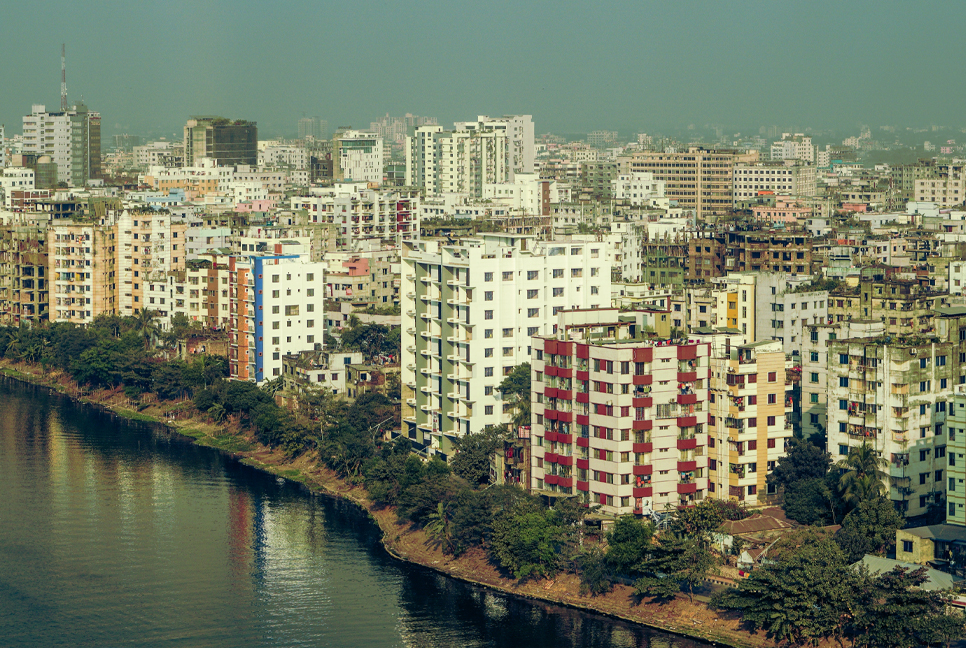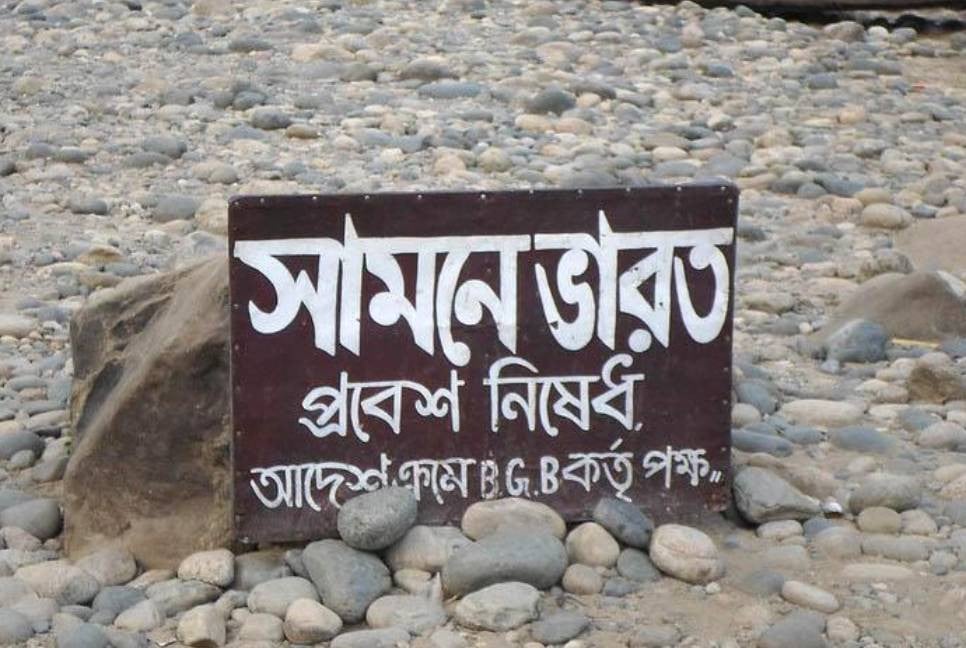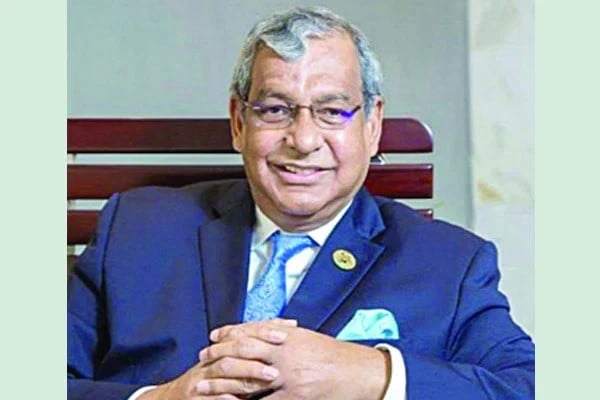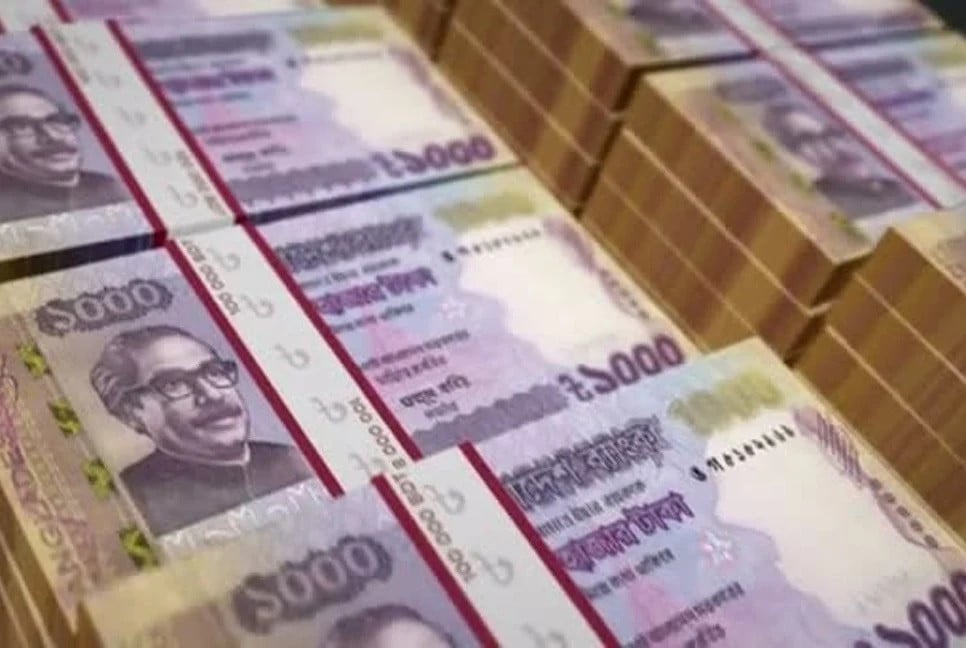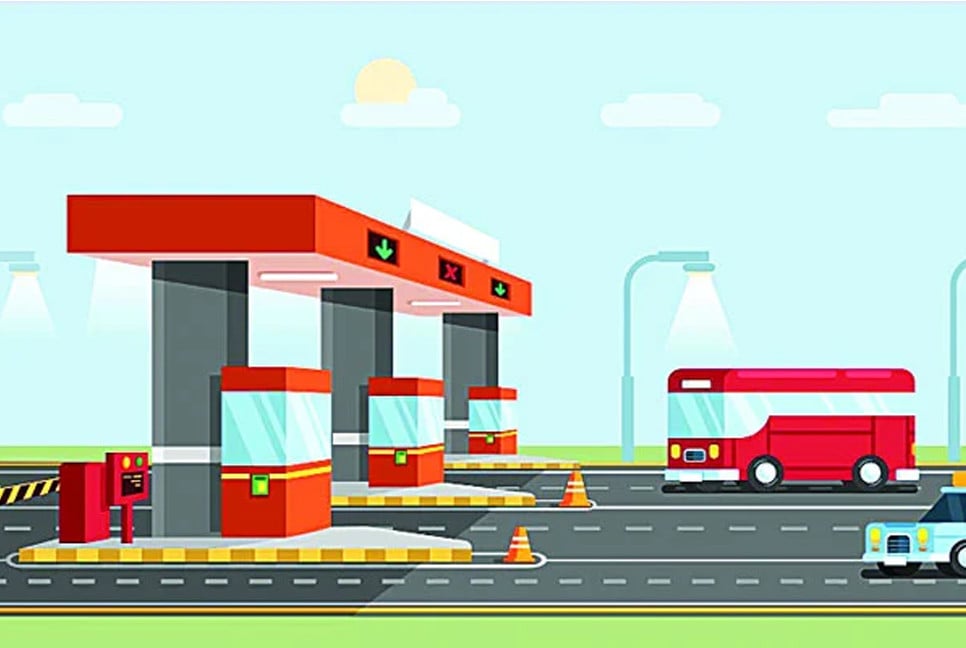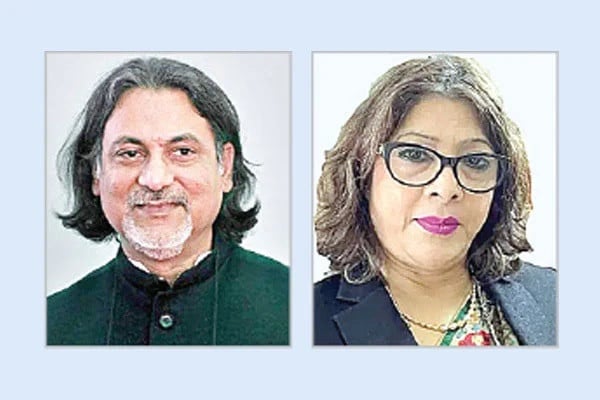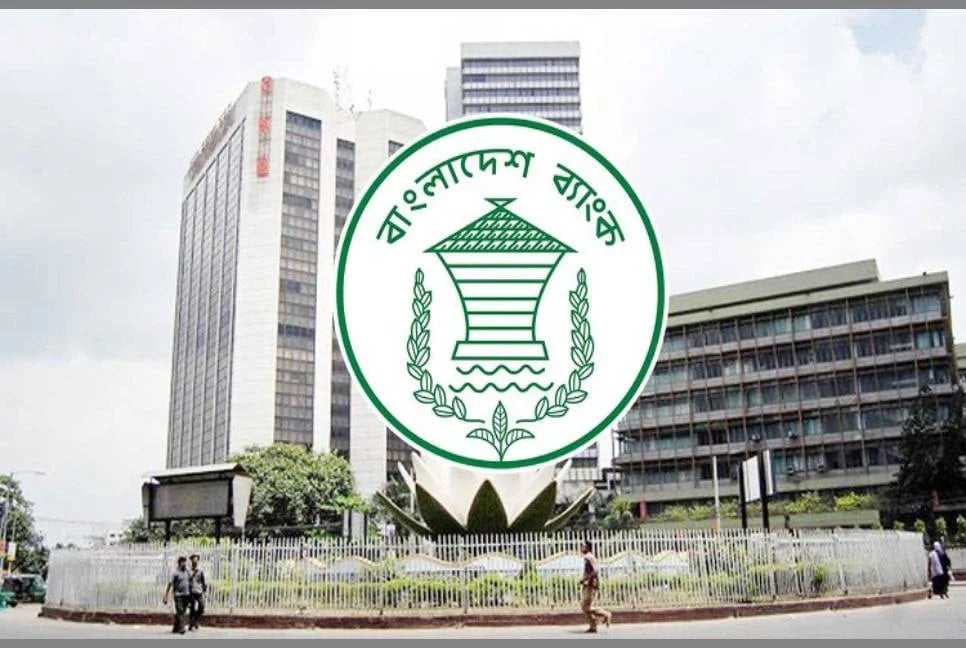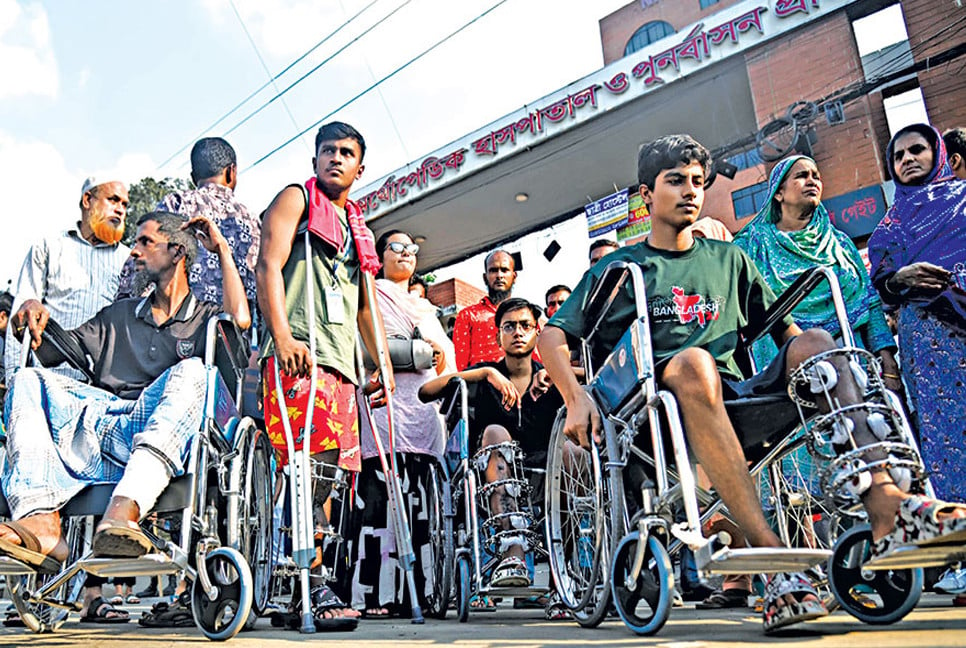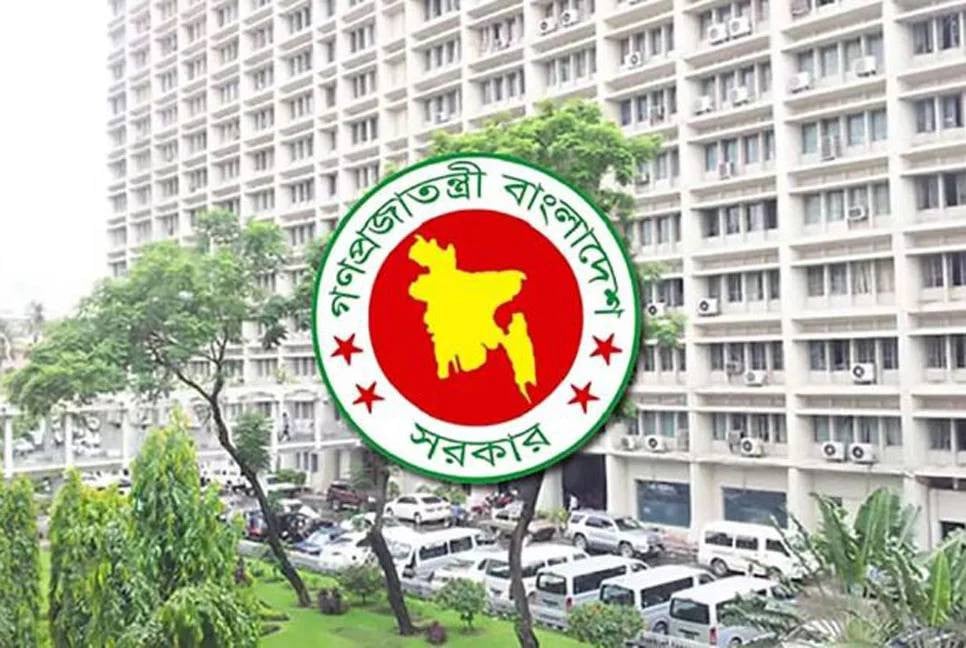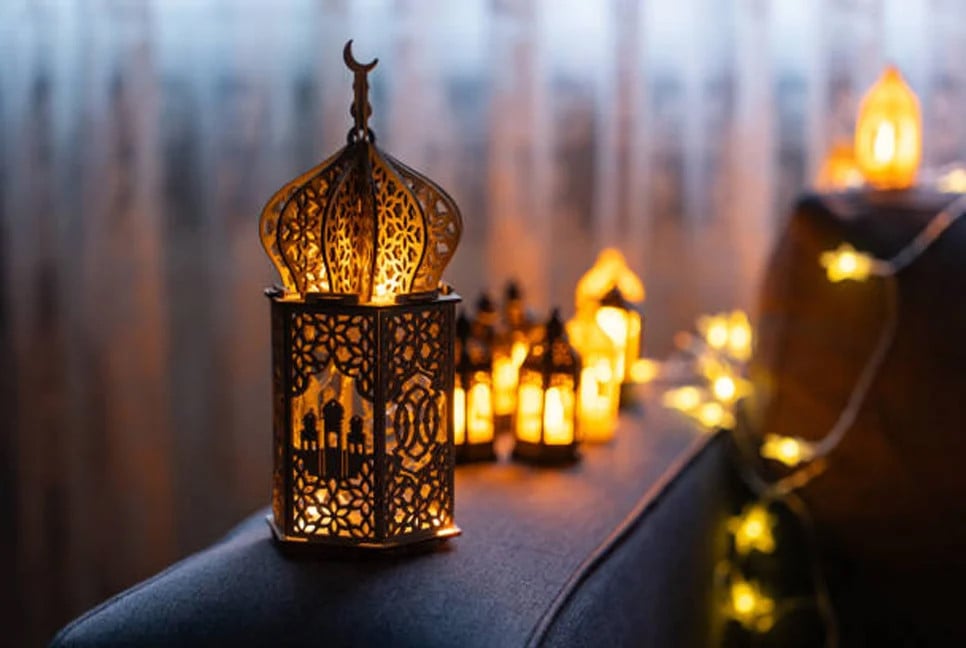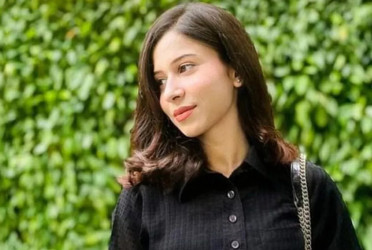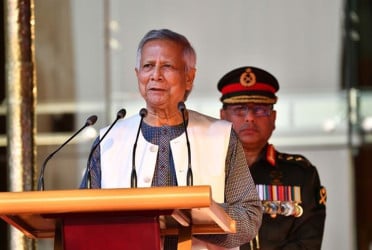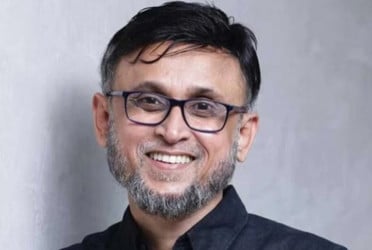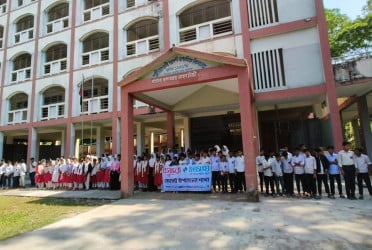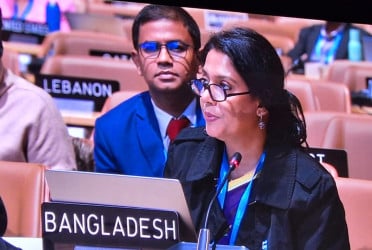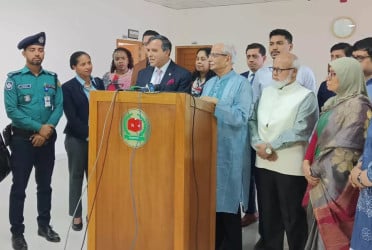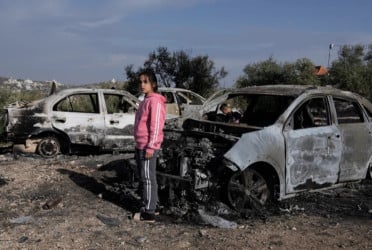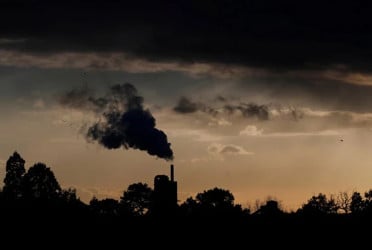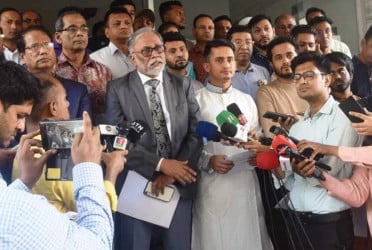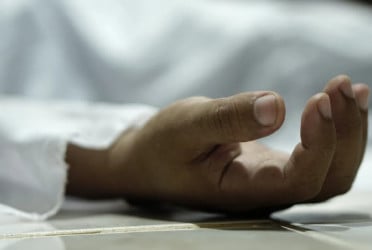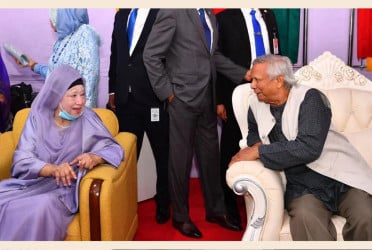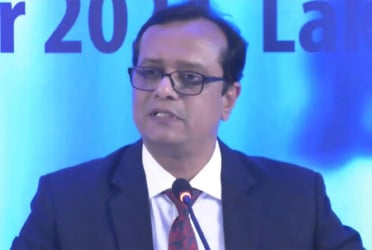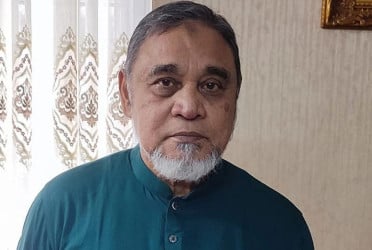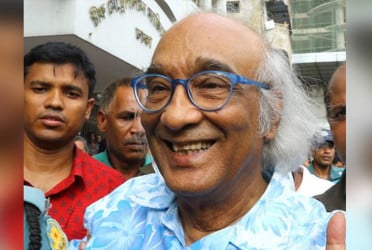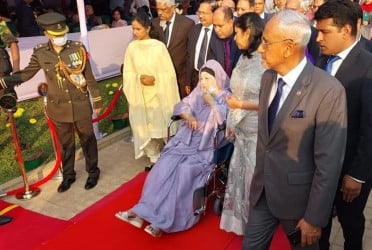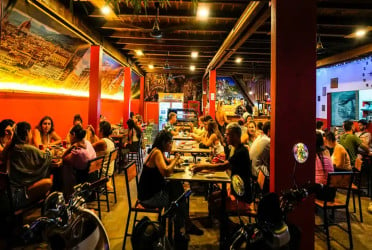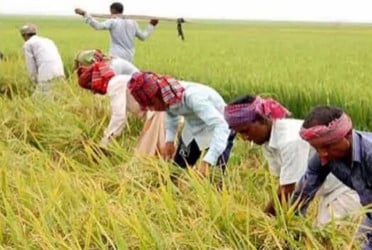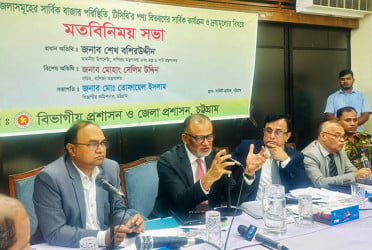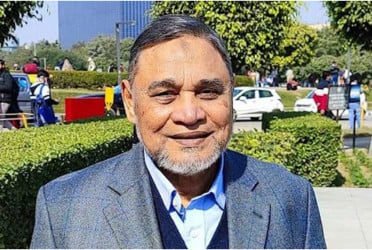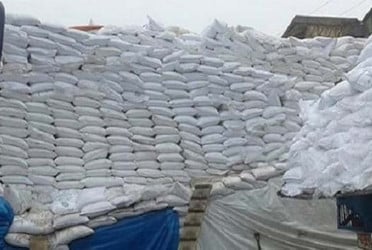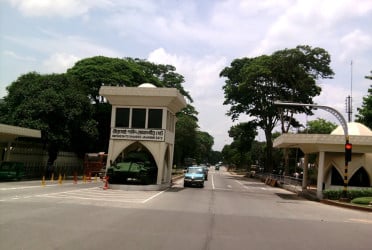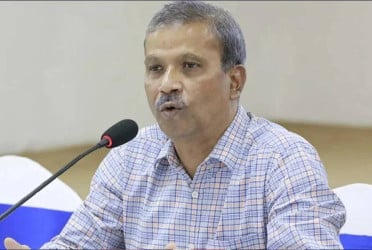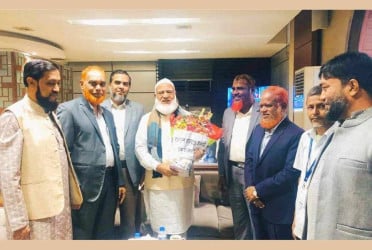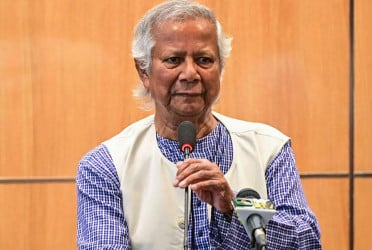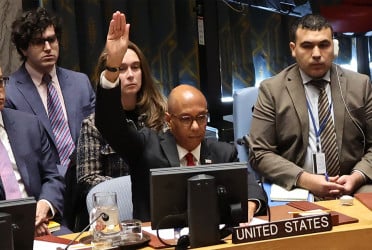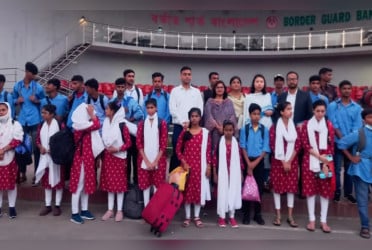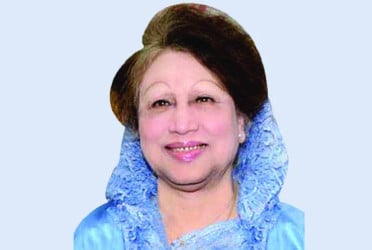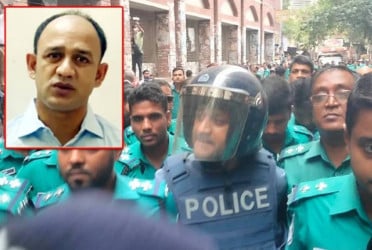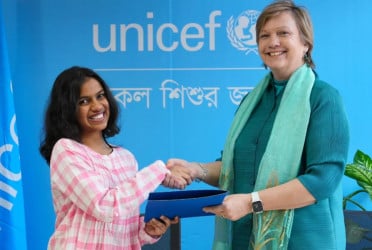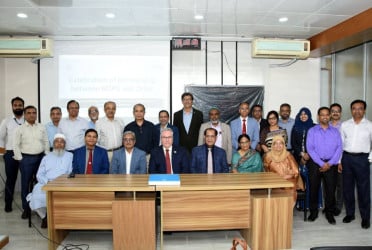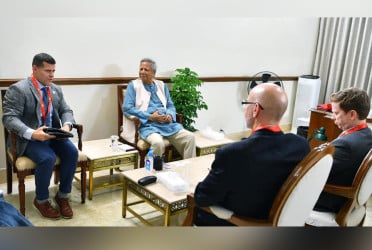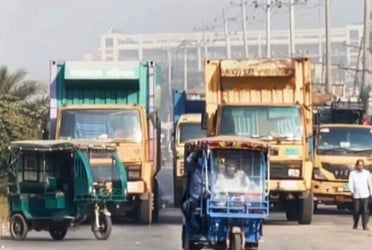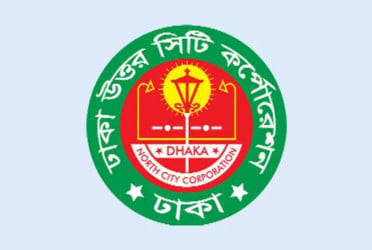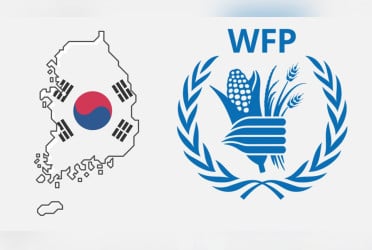Although the exact number of people who do not have their own residence in the capital is not known, those concerned said that at most 20 percent of the people in the capital live in their own houses or flats. The remaining 80 percent of the people do not have their own houses, as they live on rent.
Even though flats are being built by the government and private sector, it is beyond the affordability of low and middle-income people.
Shafiqul Shaheen is an official of a private organization in the capital. Lives in a small rented house in Aftabnagar. Even in his 20 years of service, he could not make his own permanent residence in Dhaka. Shaheen, 45, no longer dreams of building his dream home in this city. Because the money that gets paid ends up with the education and maintenance of the family of two sons and daughters. And most of the monthly income has to be given to the landlord.
Most of the houses or flats in the capital are owned by wealthy people. This benefit is less for the lower and lower middle-class people. Although various initiatives have been taken for them, the implementation rate is very low. As a result, even though another World Habitat Day has appeared, the housing of these people remains a dream.
Today is World Habitat Day. According to the decision of the General Assembly of the United Nations on December 17, 1985, this day is celebrated on the first Monday of October every year. This year the theme of the day is that sustainable cities are the driving force in the growth and recovery of stable urban economies.
On the occasion of the day, President Sahabuddin and Prime Minister Sheikh Hasina gave the message. The Ministry of Housing and Public Works, Department of Housing, National Housing Authority, Capital Development Authority (RAJUK), and various organizations and institutions of the housing sector will celebrate the day with various arrangements. These programs include processions and discussion meetings.
Urban experts said that the housing problem is compounded by the growth of slums in the capital, rising prices of land and housing materials, rising rental rates, the inadequacy of sanitary civic amenities, and unaffordability of the middle class, lower class, and poor.
The government and private sector have taken various projects to meet the housing needs, but the lower and middle classes are not getting a place there. Low and middle-class housing needs government incentives.
Professor Adil Mohammed Khan, executive director of the Institute for Planning and Development (IPD) told Bangladesh Pratidin, “Housing is a basic human need. However, 80 percent of people in Dhaka city do not have their own housing. Because even if there are government or private housing projects, nothing is happening for the lower and lower middle class. Rather, housing is now creating inequality. Government or private housing institutions are building flats only for upper-class people. Where lower and lower middle class cannot afford to buy flats.”
“In the new DAP, affordable housing initiatives have been taken for the lower and lower middle class. It is undoubtedly a good initiative. But it has to be implemented. At the same time, some flats should be made for them in various private residences. Then gradually people's own housing needs will be met.”
“The government should have provided land for the lower and lower middle classes in some areas. These people who get ownership of land there can build buildings by themselves or in association with a developer. But the government has moved away from there,” Professor Adil said.
“The number of slums in the capital is 119. In these slums, 35-40 lakh people live,” he added.
Rajuk deputy town planner Md Ashraful Islam told Bangladesh Pratidin, “Flats are being constructed through Uttara, Purbachal, and Jhilmil projects to meet the housing needs of the capital residents. By 2035, there is a plan to build 1 lakh residential units in both public and private sectors. At the same time, incentives have been given for affordable housing as per the new DAP. An incentive of 75 percent has been placed on affordable housing. So far 55 possible places have been identified in the DAP area. There are plans for housing for low and middle-income people.”
(The report was published in Bengali on print and online versions of The Bangladesh Pratidin on October 02 and rewritten in English by Tanvir Raihan)

